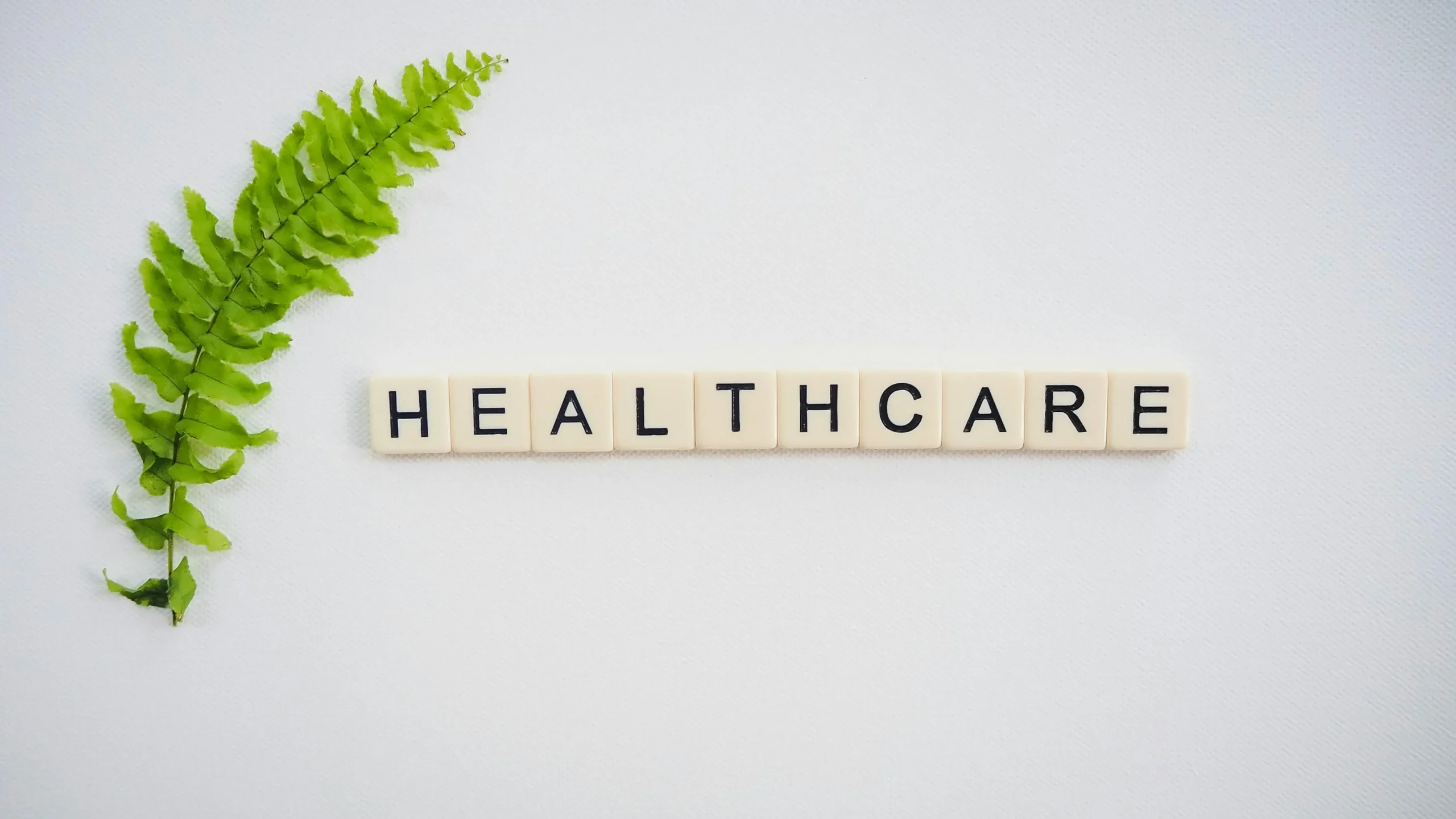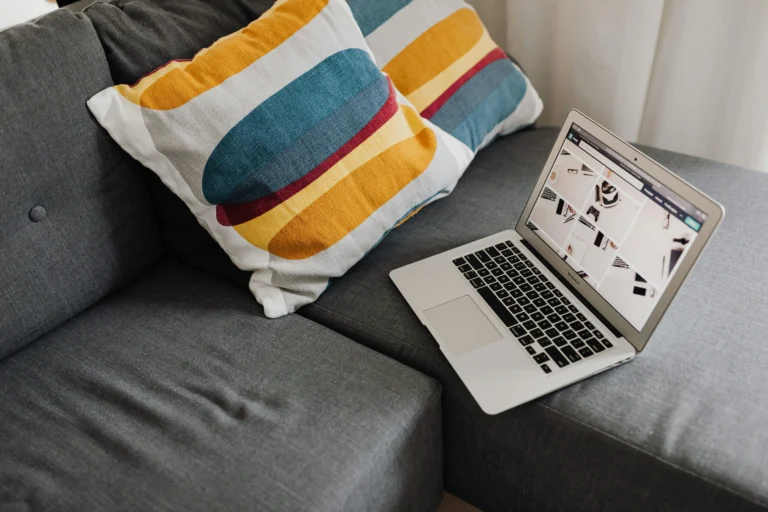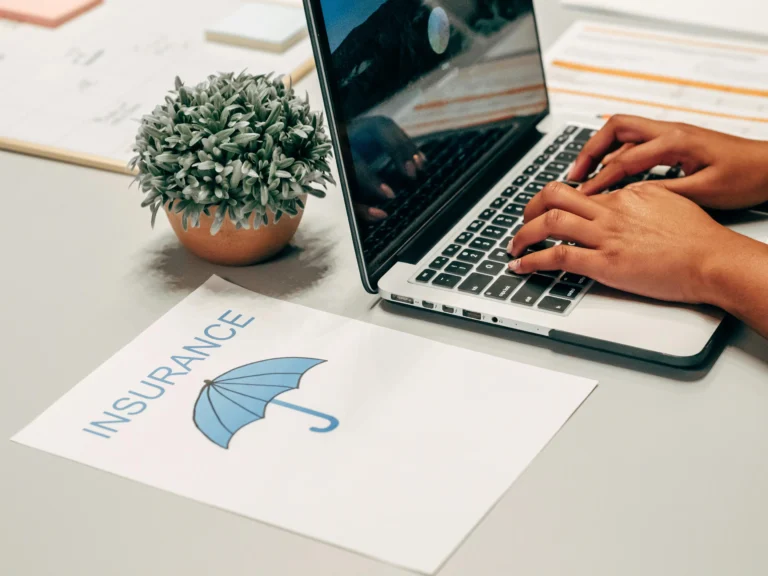United Health care Group Number on Your Insurance Card Guide
You reach the front desk, set your bag down, and hand over your card. The receptionist smiles, then asks for your group number. You glance at the plastic, trying to spot the right line while a small line forms behind you. Your visit shouldn’t start with a scramble.
The group number on your UnitedHealthcare card is a simple key. It links you to your exact plan through your employer or plan sponsor. Providers use it to check coverage and benefits in seconds, which saves you time and avoids billing mix-ups.
You’ll usually see it labeled as “Group No.” or “Grp. No.” near your member ID. Some cards place it on the front, others next to the plan name. If you use a digital card, the same label appears in the app.
Knowing this number helps every appointment go smoother. It speeds up check-in, pharmacy pickups, and claims. It also helps your doctor’s office send the bill to the right place the first time.
This guide explains where to find the group number on insurance card UnitedHealthcare, what it means, and when you’ll need it. We’ll also show what to do if your card is missing or the number isn’t clear. Expect simple steps backed by details straight from UnitedHealthcare resources.
Take a breath. You’re in the right place. By the end, you’ll know exactly what to look for and how to use it, so you can focus on your health, not the paperwork.
What Exactly Is the Group Number and Why Does It Matter?
The group number on your UnitedHealthcare card ties you to your employer or plan sponsor. It links your coverage to the right benefits, like copays, coinsurance, and deductibles that vary by group. Providers use it to pull the correct plan rules, send claims to the right place, and keep your costs accurate. UnitedHealthcare explains both the member ID and group number on its card guide, which is a helpful reference when you need a quick check of terms and placement on the card. See the overview on Your member ID card.
How the Group Number Connects to Your Benefits
Think of the group number as the blueprint for your plan. It tells the doctor’s office which benefits apply when you sit down to check in. With it, the staff can see your exact network, copays, and prior auth rules.
Here is how it plays out in real life:
- Pharmacy counter: If the wrong group number is used, your prescription may price under a different plan. You could see a higher copay or the claim might reject. The right number fixes the price at the counter and avoids back-and-forth.
- Specialist visits: The office checks your plan rules tied to that group. They confirm referrals, copays, and imaging benefits. You skip surprise charges and long calls later.
- Claims after a procedure: Billing teams route claims using the group number. That sends the claim to the correct payer system the first time, which reduces delays and denials.
Bring your card, and have the group number ready. It builds trust with front desk staff and billers. You show that you have what they need to verify coverage on the spot.
A few quick tips that keep visits smooth:
- Confirm your group number when you switch jobs, plans, or open enrollment options.
- Match the group number on your physical and digital card before big appointments.
- If something looks off in a bill, ask the office to confirm the submitted group number.
For common plan questions, UnitedHealthcare’s FAQs are a reliable place to start. You can check coverage basics on the Member frequently asked questions page.
Common Confusions: Group Number vs. Member ID
It helps to keep these two straight:
- Member ID: This is your personal code. It identifies you as a person on the plan.
- Group number: This is the plan sponsor’s code. It identifies your employer or group and the plan’s rules.
Use this simple picture. Your home has a street address, which directs the mail to the right building. That is the group number. Your name on the mailbox tells the carrier who gets the envelope. That is your member ID.
Both numbers appear on your card, and both matter:
- The member ID verifies your identity, dependents, and claim history.
- The group number tells the system which benefits file to open.
Together, they confirm that you are covered under your job’s plan and that claims price under the right benefits. When these two match what is on file, claims process cleanly. When they do not, you may see claim holds, billing edits, or denials that take weeks to fix.
Keep the pair handy at every visit. It saves time, protects your wallet, and keeps your care moving.
Where to Spot Your Group Number on the UnitedHealthcare Card
Finding your group number should feel simple, not like a scavenger hunt. Start with your physical card, then keep a digital backup ready. Designs change over time, but the basic labels stay similar. The goal is quick check-in and clean billing, every time.
Step-by-Step: Finding It on Your Physical Card
Your card’s front is the best place to look first. UnitedHealthcare labels are clear, but positions can vary by plan and year. Use this quick process when you have the card in hand.
- Hold the card front-side up. Focus on the area near your name and member ID.
- Scan for labels like Group Number, Group No., or Grp#. These labels often sit near the member ID, usually in the top or center area.
- Read the number next to that label. That is your plan sponsor’s group number.
- Double-check it against any digital version you use, so both match before visits.
A few practical tips that make life easier:
- Keep the card in a wallet sleeve so the print does not wear off.
- Snap a clear photo as a backup if you misplace it.
- If your employer issued new cards this year, the numbers may have changed while the layout stayed familiar. UnitedHealthcare advises checking the latest card at check-in. See the notice on new member ID cards.
If the label is hard to read or the card is damaged, call UnitedHealthcare customer service at 1-877-842-3210. Ask the agent to confirm your group number and request a replacement card. You can also ask the representative to walk you through where it appears on your current design.
Example for quick reference:
- Label: Group No.
- Placement: Front of card, near Member ID
- Use case: Needed at check-in and pharmacy counters
Digital Options: Checking Online or Via App
You do not need to carry the plastic with you. Your plan details live online, and they are available any time you need them.
Here is the simple path:
- Go to myuhc.com and sign in.
- Open your digital ID card or Coverage details.
- Look for the same label, Group Number or Grp#, next to your member ID.
Benefits of going digital:
- 24/7 access, even if your wallet is at home.
- A clean, readable layout with the latest updates.
- The option to print a copy or save a PDF to your phone for quick proof at appointments.
Prefer your phone? Use the UnitedHealthcare app to view a digital ID card and add it to Apple Wallet or Google Wallet for one-tap access. Learn more on the UnitedHealthcare app page.
If your number still looks unclear online, call 1-877-842-3210. Ask the agent to verify the group number and confirm it matches your employer’s current plan. Then update your saved digital copy so the next check-in is smooth.
How to Use Your Group Number for Hassle-Free Healthcare
Your group number is the shortcut to fast check-ins, accurate pricing, and clean claims. Share it every time you see a doctor, visit a hospital, or pick up a prescription. Keep it handy, and you cut down on delays and surprise bills.
Sharing It at Doctor Visits and Pharmacies
At check-in, you have two options: hand over your card or say the group number out loud. Staff will use it with your member ID to verify coverage and pull your plan rules. At the pharmacy, the same number helps price your medication under the right benefits.
Use this quick routine:
- Present your card or open your digital ID.
- Point to the label that says Group No. or Group Number.
- Confirm your employer name if asked.
- Ask staff to update their records if your plan changed.
Why it speeds things up:
- Your benefits load in seconds, which reduces back-and-forth at the desk.
- Claims route to the right payer, which lowers the odds of denials.
- Copays and prior auth rules display correctly, which avoids rework later.
A quick story helps show the difference. Mia walks into a same-day clinic for a sprain. She hands over her UnitedHealthcare card and the front desk enters her group number right away. Her benefits show the correct urgent care copay, and she is seen within minutes. The claim pays cleanly the first time.
Now picture the slowdown. Same clinic, similar injury. The patient left the card at home and guesses the number. Staff cannot verify coverage on the first try. The visit stalls while they call the insurer, the copay is unclear, and the claim later rejects. Two weeks later, a balance bill arrives that needs fixing.
Bring the card to every routine checkup and specialist visit. Save the digital ID on your phone for urgent care or ER trips. For pharmacy questions on coverage and pricing, check UnitedHealthcare’s resource on pharmacy coverage FAQs.
If something looks off at the counter, pause and ask staff to recheck the group number. If issues persist, call UnitedHealthcare at 1-877-842-3210 while you are there, and have the office speak with support to confirm your plan details.
Avoiding Pitfalls: What Not to Do with Your Group Number
Small mistakes can cause big billing headaches. These are the common ones:
- Mixing it up with your member ID or RX BIN numbers.
- Using an old card after open enrollment changes your plan.
- Texting or emailing the number without context, which leads to typos.
- Sharing it on forms that do not need it, which increases fraud risk.
Smart habits to prevent problems:
- Match the group number on your physical and digital card before visits.
- After any plan change, confirm the new number with HR or UnitedHealthcare.
- Store the number in a secure notes app, not a photo roll you share.
- Read the label out loud as it appears on the card to avoid transposed digits.
Check in with your employer or insurer once or twice a year. A quick review catches plan updates and new cards before your next appointment. UnitedHealthcare’s guidance on avoiding health insurance mistakes is a helpful refresher, especially during open enrollment. See the article on common health insurance mistakes to avoid.
Protect your group number like any personal info. If you suspect misuse, call UnitedHealthcare support right away and ask for help reviewing recent claims. Keep copies of bills, reference numbers from calls, and any updated cards.
When you share the right group number at the right time, care moves without friction. You get checked in faster, billed correctly, and free to focus on your health instead of paperwork.
Conclusion
The group number on your UnitedHealthcare card ties you to your employer’s plan. You will find it on your card labeled Group Number or Grp No, often near your member ID. Share it at check-in and the pharmacy so staff can pull the right benefits and route claims without delays.
Take one minute now to find your group number. Open your wallet or sign in to myuhc.com to view your digital card. Save a photo, add it to your phone wallet, and match it to your physical card. If something seems off, call the number on your card and confirm the details.
Bookmark this guide for your next appointment or open enrollment. Share it with a coworker who keeps getting billing surprises. When you know where your group number lives and when to use it, you move through care with less stress and more confidence.
Keep your card handy, keep your info current, and let check-in be the easy part. Peace of mind starts with a small number on a small card.







